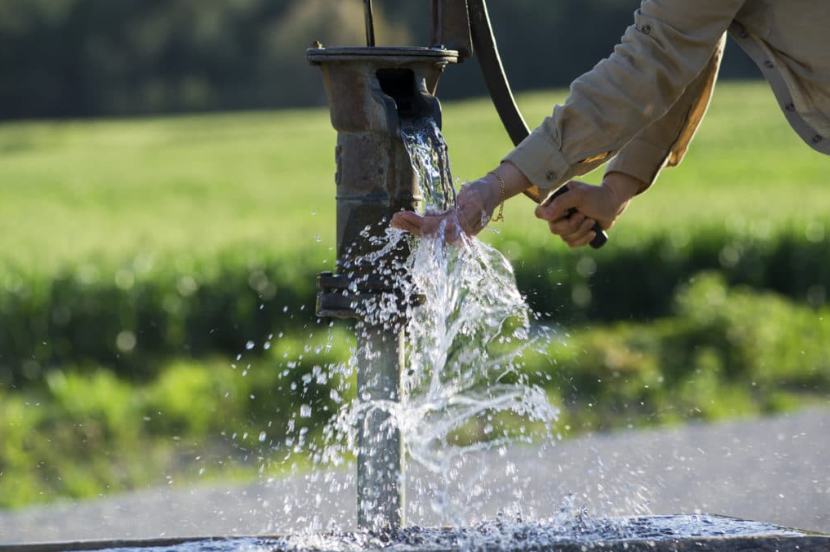Hydrofracking, short for hydraulic fracturing, is a specialized water well stimulation technique that aims to boost water well performance and address water flow challenges. When wells experience decreased water production or run dry due to geological conditions or clogging, hydrofracking offers a potential solution to reinvigorate water supply.
The process of hydrofracking involves the high-pressure injection of water into the well, which creates and expands fissures in the water-bearing formations. This ultimately increases the size and extent of the water flow paths, leading to enhanced water production. The process is deemed safe and has been proven to effectively increase water output in many cases, quickly bringing wells back to working condition.
 In essence, hydrofracking can be an economical and effective alternative to drilling new wells in search of better water flow. It is especially beneficial in regions where the geological conditions pose challenges to water extraction. Furthermore, it has a lower environmental impact compared to other well stimulation techniques, making it a preferred choice for sustainable and efficient water management.
In essence, hydrofracking can be an economical and effective alternative to drilling new wells in search of better water flow. It is especially beneficial in regions where the geological conditions pose challenges to water extraction. Furthermore, it has a lower environmental impact compared to other well stimulation techniques, making it a preferred choice for sustainable and efficient water management.
How Exactly Hydrofracking Works:
- Assessment and Planning: Before conducting hydrofracking, a professional well contractor will assess the well’s geology, depth, and surrounding rock formations. This evaluation helps determine the feasibility and potential success of the hydrofracking process.
- Well Isolation: The well is isolated by installing a packer or packer system above the area to be fractured. This packer prevents the injected water from flowing back up the well.
- Injection of High-Pressure Water: A specialized pump is used to inject water into the well at very high pressures. The pressure forces the water into the surrounding rock, creating fractures or fissures.
- Proppant Injection: In some cases, a proppant, such as sand or ceramic beads, may be added to the water to keep the fractures open once the pressure is released.
- Water Displacement: As the fractures form and expand, the water displaces the surrounding rock and creates pathways for water to flow more easily into the well.
- Post-Fracking Assessment: After the hydrofracking process, the well is evaluated to determine its new water-producing capabilities. The water flow and quality are monitored to assess the success of the treatment.
When to Consider Hydrofracking: Hydrofracking is typically considered as a last resort when other well rehabilitation methods have been exhausted or proved ineffective. It is particularly useful for water wells located in hard rock formations or areas with limited permeability. However, hydrofracking success can depend on the well’s geology and hydrogeological conditions, so it’s crucial to consult with a qualified well company professional to determine its appropriateness for your specific well.
Benefits of Hydrofracking and Considerations:
- Increased Water Flow: Hydrofracking can significantly enhance water flow in wells experiencing reduced or no production, providing a renewed water supply.
- Lower Cost Alternative: Compared to re-drilling a new well, hydrofracking can often be a more cost-effective option to improve water yield.
- Environmental Impact: Hydrofracking is a controlled process that uses water and does not involve the use of chemicals, making it environmentally friendly.
- Potential Risks: While hydrofracking has proven successful in many cases, there are potential risks, such as the possibility of creating fractures that may not reach the well or encountering geological formations unsuitable for fracturing.
Hydrofracking is a well stimulation technique that can be considered as a solution for dry wells in specific circumstances. It involves injecting high-pressure water into the well to create fractures in the surrounding rock formations, improving water flow to the well. Before deciding on hydrofracking, it is essential to consult with a professional well contractor to evaluate the well’s suitability for the process and explore other rehabilitation options. As with any well intervention, hydrofracking should be conducted by experienced professionals using proper equipment and safety measures to ensure its success and the well’s long-term reliability.


